45-year-old patient, three months following a high-resolution ultrasound-assisted liposuction and fat grafting procedure
Fat embolism syndrome is a noted complication that may occur either after a traumatic mechanic injury to the long bones or following liposuction and fat grafting. Fat embolisms can be life-threatening if the fat enters the bloodstream and flows into the pulmonary artery and capillaries. A fat embolism entering the pulmonary artery will result in a pulmonary embolism resembling a heart attack. A pulmonary embolism will have devastating consequences resulting in hospital observation, supportive care in an ICU, and even death.
What is the Cause of a Fat Embolism?
Fat embolisms during liposuction and fat transfer to the buttocks occur if fat gets into the superior or inferior gluteal artery or vein. Two theories have been proposed for why liposuction and fat grafting can cause fat embolism.
The first theory of the formation of fat emboli is due to the direct injection of fat into the vessels above with the cannula. Fat injection must be made in either the muscular or submuscular plane where the veins exist. The direction of fat transfer is typically assumed to point to the piriformis muscle in the dee gluteal region. The surgeon would have had to cannulate the vein with the tip of the cannula, thus delivering fat cells directly into the intravascular space.
The second theory describes a siphoning effect. The siphoning effect occurs because the submuscular plane under the gluteal muscle is loose. Since this submuscular plane is loose, the gluteal veins may be torn if it is stretched up. The stretching up of this submuscular plane results in the buttock cheek becoming swollen during fat transfer. If any fat is placed into this submuscular plane, the higher velocity of blood volume traveling through the blood vessels will create a negative suction pressure that will suck the fat cells right in.
To avoid this consequence of fat emboli from occurring, it is critical to avoid the placement of fat into or under the gluteus maximus muscle. Utilizing visual guidance with high-resolution ultrasound, a safe BBL protocol can be implemented to avoid inadvertent grafting of fat globules into this region.
Suppose you are interested in liposuction and a Brazilian butt lift surgery. In that case, we encourage you to view SurgiSculpt’s liposuction surgery gallery of before and after photos to appreciate the possible changes. You are welcome to contact SurgiSculpt and their surgical team, regarded for safe and transformative surgical results.

